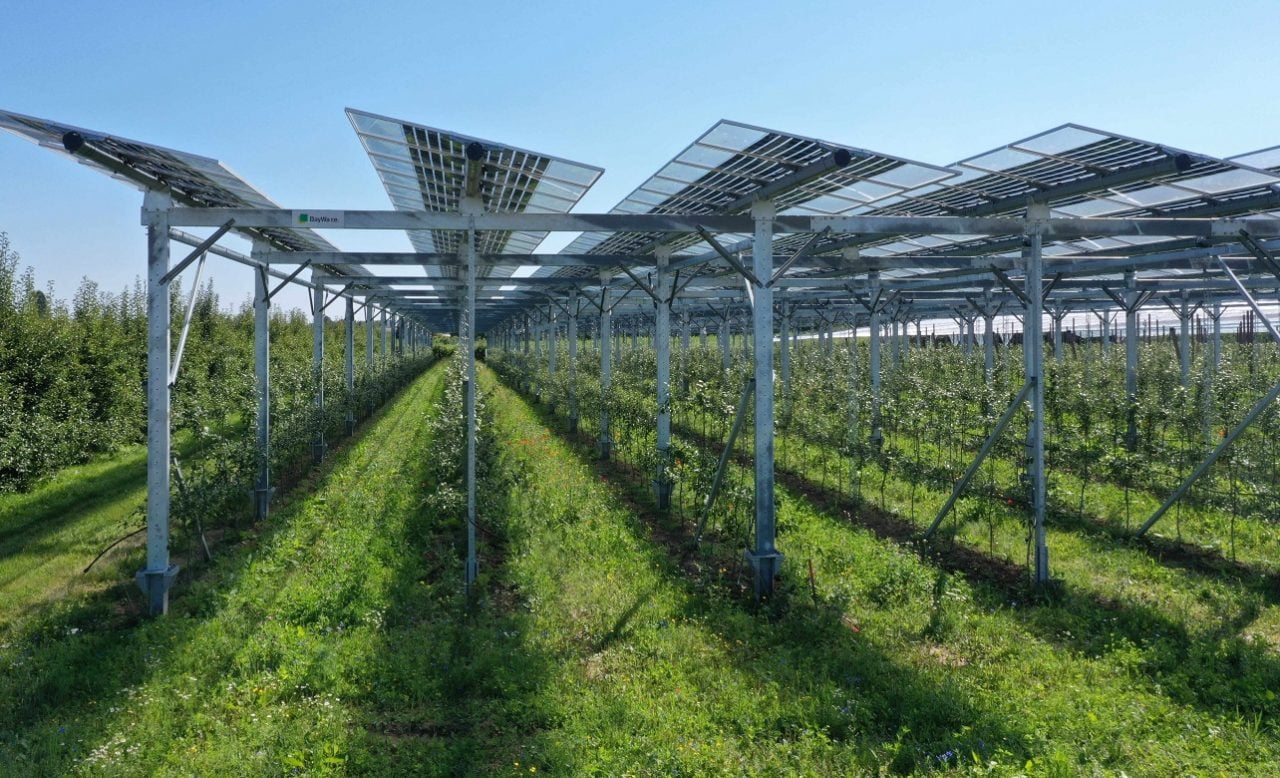One of the additions to the decree (in Spanish) is as follows: “In the case of agrivoltaic installations, the entire area of the plot of land under cultivation or permanent crops will continue to be considered eligible.”
The modifications implemented in the decree do not include how the requirements to access subsidies will be achieved but will be established at a later date through the “relevant regulatory development”.
The recognition of the dual-use of the land for agricultural purposes and solar installations was welcomed by the trade association Spanish Photovoltaic Union (UNEF).
“This progress represents a regulatory and political milestone that we hope will have a positive impact on both agricultural production and solar energy, boosting agricultural income, climate resilience, and energy sovereignty in rural areas,” Martín Behar Kölln, director of research, regulatory and environmental affairs at UNEF, wrote on LinkedIn.
Behar Kölln added that UNEF will continue working on facilitating the application of agrivoltaics as well as extending it to livestock applications.
Spain’s inclusion of agrivoltaics for subsidy eligibility is a move in the opposite direction to that seen in Italy last year, when the government banned ground-mounted solar PV projects on land classed as agricultural. More recently, in the US, the Department of Agriculture barred solar PV and wind projects from being eligible to its Rural Development Business and Industry Guaranteed Loan Program.
However, the dual-use of the land for agriPV has the potential to further accelerate the growth of solar PV in Germany. A recent study from research organisation the Fraunhofer Institute for Solar Energy Systems (Fraunhofer ISE) forecast that Germany could install 500GW of new agriPV capacity on its most “suitable” land.
